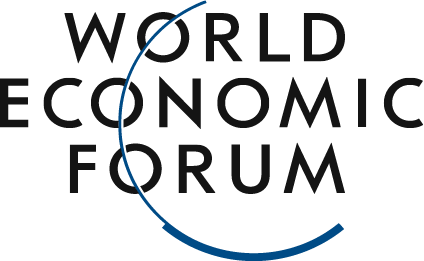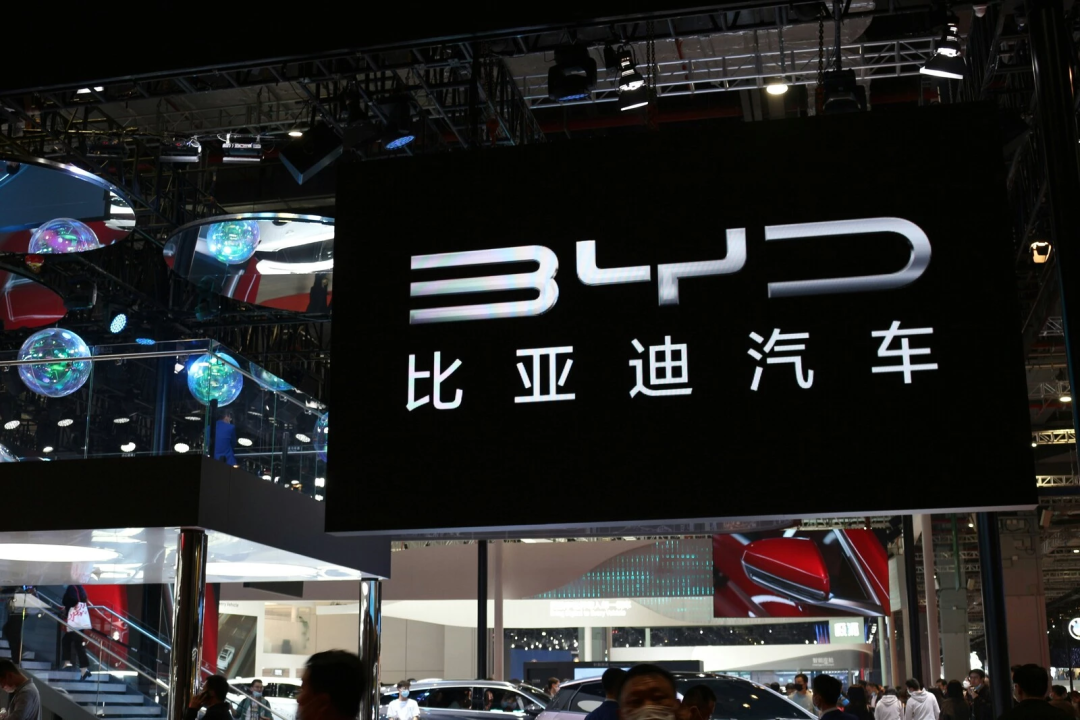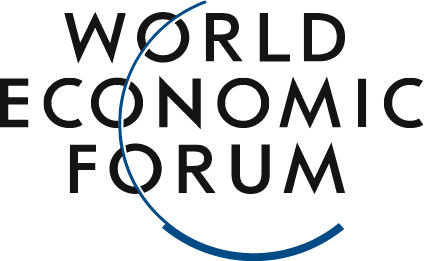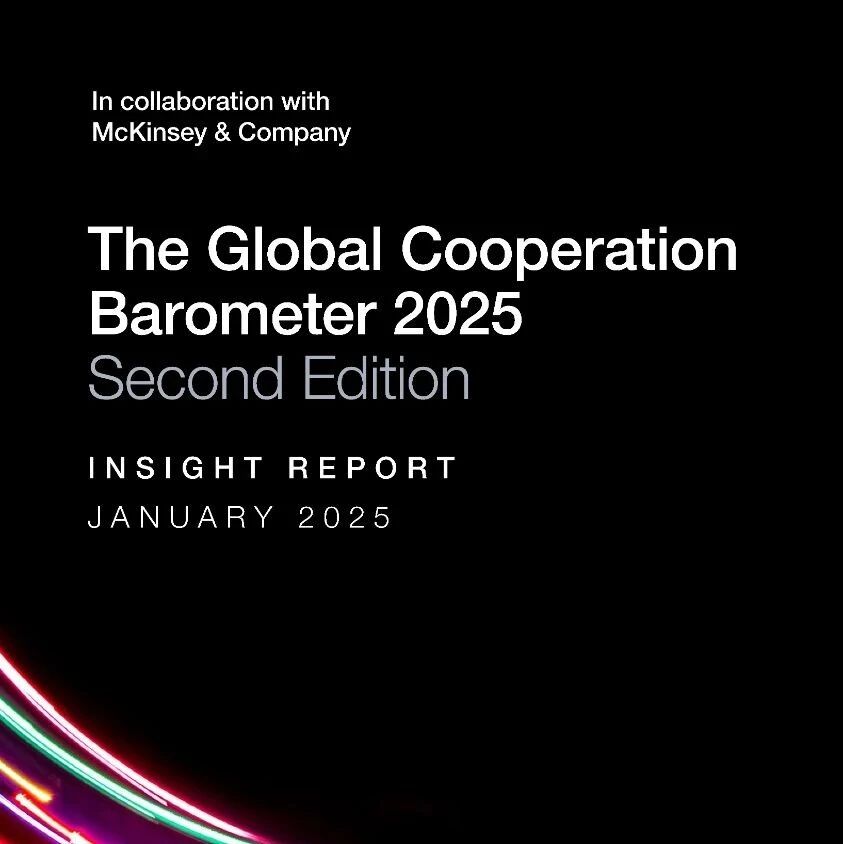Home/News/China's electric vehicle industry is facing a series of unilateral trade restrictions and has responded with robust countermeasures./
China's electric vehicle industry is facing a series of unilateral trade restrictions and has responded with robust countermeasures.
2024-10-06
:P. L. on Unsplash
20245,“”,25%100%7,37.6%,2023108,6.1%100%,China immediately responded by implementing a series of robust countermeasures. Most notably, it launched a wave of anti-dumping actions, starting with EU-produced pork and brandy. In the brandy investigation, China’s Ministry of Commerce preliminarily determined that dumping margins could reach as high as 39%, though no provisional anti-dumping duties have been decided yet. Notably, the dumping rate in this case clearly mirrors the level of anti-subsidy tariffs imposed by the EU on Chinese electric vehicles.The decision to temporarily suspend anti-dumping duties has created a window for diplomatic dialogue and potential solutions. Meanwhile, China has also filed a complaint with the World Trade Organization (WTO) regarding the EU's tariff measures, offering another opportunity for both sides to resolve the issue through constructive negotiations.China has adopted even tougher measures against Canada. On September 3, 2024, China’s Ministry of Commerce announced a series of upcoming countermeasures, including anti-dumping investigations into Canadian canola oil and chemical products, as well as a separate anti-discrimination inquiry. According to China’s Foreign Trade Law, if foreign governments impose discriminatory trade restrictions on China, the country is entitled to respond with appropriate measures. Although anti-discrimination measures have been a policy option since 1994, they have never been implemented before—so it remains unclear how the investigation will unfold or what specific actions might be taken.Strategic competition and geopolitical rivalryIn a time of rising geopolitical tensions and uncertainty, tariffs on electric vehicles—and China’s retaliatory measures—will likely escalate trade tensions. For years, the U.S. and its allies have expressed concerns over China’s ambitious industrial policies and hefty subsidies, particularly in strategic sectors. These policies and subsidies have been a key driver behind the remarkable success of China’s electric vehicle industry over the past 15 years.These policies aim to accelerate the transition to a low-carbon economy, enabling China to achieve global leadership in electric vehicle technology, innovation, and manufacturing. A key consequence of this has been "overcapacity," leading to accusations that inexpensive Chinese EVs are flooding foreign markets and harming local EV industries. Since 2017, China’s EV exports have surged by an astonishing 13,300%, reaching $42 billion by 2023—and today, China accounts for nearly 70% of global EV production.On the surface, the unilateral actions taken by the United States, the European Union, and Canada may seem driven by legitimate concerns. However, we cannot examine these moves in isolation from the broader geopolitical context. While criticizing China’s industrial policies and subsidies, the West itself is actively pursuing similar measures—such as the U.S. Inflation Reduction Act and various national aid programs rolled out by EU member states. As global superpowers race to secure leadership in strategically vital industries, the already intense competition over national industrial policies has only intensified further.If the goal of electric vehicle tariffs is to force China to change its policies and practices, it is destined to fail.In July 2024, the Communiqué of the Third Plenary Session of the 20th Central Committee of the Communist Party of China reaffirmed its unwavering commitment to the economic model, strategic development goals, and industrial policies. Unilateral actions are likely to provoke retaliatory measures, as demonstrated by the prolonged U.S.-China trade war and China’s subsequent counter-tariffs on electric vehicles.To mitigate the impact of foreign tariffs, Chinese electric vehicle manufacturers may shift production to third-country markets, a strategy some companies have already begun implementing—in places like Thailand. However, this could raise concerns about circumventing existing anti-dumping and countervailing duties, as tariffs might still apply to electric vehicles produced and exported from these third-country markets.Meanwhile, Chinese electric vehicle manufacturers may accelerate export diversification, entering emerging markets like Australia. In fact, in Australia, sales of BYD, China's largest EV maker, are already surpassing those of Tesla.Australia doesn’t have its own electric vehicle industry, so it’s unlikely to take anti-dumping or anti-subsidy measures—actions that would require evidence showing substantial harm to a domestic industry.China could also file a lawsuit with the WTO. The European Union, Canada, and China are all members of the Multi-Party Interim Appeal Arbitration Arrangement (MPIA), a temporary appeal mechanism designed to address the vacancy in the appellate body. Turning to the MPIA helps prevent the "appeal deadlock," where losing parties appeal to the dysfunctional appellate system in an attempt to paralyze the WTO’s dispute-resolution process. However, WTO litigation may not effectively resolve the dispute with the U.S., since the U.S. is not a member of the MPIA and tends to challenge unfavorable rulings from the WTO’s expert panels—essentially the WTO’s "first-instance court"—by seeking to invalidate them altogether.The biggest issue is that WTO litigation alone cannot provide a systemic solution. Countries may repeatedly resort to similar measures against each other, creating a vicious cycle where problems remain unresolved. To develop meaningful, long-term solutions in response to the growing number of industrial policies and subsidies, all major stakeholders must work together to establish multilateral rules—and redefine the global competitive framework for these industries. This will require nations to set aside their unilateral legal battles and embrace a more collaborative, multilateral diplomatic approach.The above content solely represents the author's personal views.This article is translated from the World Economic Forum's Agenda blog; the Chinese version is for reference purposes only.Feel free to share this on WeChat Moments; please leave a comment below the post if you’d like to republish.
Translated by: Di Chenjing | Edited by: Wang Can
The World Economic Forum is an independent and neutral platform dedicated to bringing together diverse perspectives to discuss critical global, regional, and industry-specific issues.
Follow us on Weibo, WeChat Video Accounts, Douyin, and Xiaohongshu!
"World Economic Forum"





